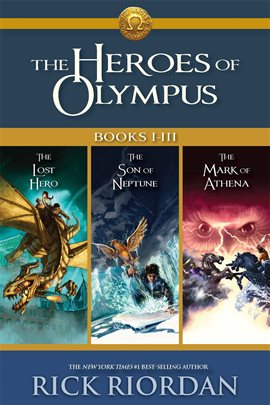

Cruz draws on reader-response theory to discuss how the novel is understood by readers of various social and ethnic backgrounds, and Catherine Leen examines how both Mango Street and Toni Morrison's The Bluest Eye oppose patriarchal systems.Sobek was sometimes considered to be an aspect of Horus because Horus took the form of a crocodile to retrieve the parts of Osiris’ body which were lost in the Nile. Amelia Maria de la Luz Montes points out how Cisneros, a midwesterner as well as a Chicana, modeled the Mango Street neighborhood after her own Chicago neighborhood, and Amy Sickels surveys the body of Mango Street criticism. For readers studying Mango Street for the first time, a quartet of essays offer a framework for developing a deeper understanding of its key themes and contexts. Herrera-Sobek reasons that a large part of the novel's success can be attributed to its simple prose and reliance on suggestive metaphors and similes, and Chloe Schama, writing on behalf of The Paris Review, reflects on the urgency Cisneros felt as she wrote her novel.
#The son of sobek summary series#
Edited and with an introduction by Maria Herrera-Sobek, Professor of Chicano Studies and the Luis Leal Endowed Chair at the University of California, Santa Barbara, this volume in the Critical Insights series offers a comprehensive introduction to Sandra Cisneros's acclaimed novel. Both universal in theme and culturally specific, it stands as a landmark in Chicano/a and American literature. In deceptively simple prose, it tells the stories of a young Mexican American girl's family and friends and of her coming-of-age within an impoverished Chicago neighborhood. Since its publication in 1984, more than one million copies have been sold, and it regularly appears on high school and college reading lists. The House on Mango Street is easily one of the most critically and commercially successful novels by a Mexican American writer. Remembering always to come back: the child's wished-for escape and the adult's self- empowered return in Sandra Cisneros's House on Mango Street / Reuben Sanchez.Nature despoiled and artificial: Sandra Cisneros's The house on Mango Street / James R.More room of her own: Sandra Cisneros's The house on Mango Street / Jacqueline Doyle.Homeplaces and spaces of their own / Maria-Antónia Oliver-Rotger.Coming of age in the curriculum: The house on Mango Street and Bless me, Ultima as representative texts / Delia Poey.The house on Mango Street: a space of her own / Annie O.Crossing the borders of genre: revisions of the bildungsroman in Sandra Cisneros's The house on Mango Street and Jamaica Kincaid's Annie John / Maria Karafilis."This bridge we call home": crossing and bridging spaces in Sandra Cisneros's The house on Mango Street / Stella Bolaki.Sandra Cisneros: border crossings and beyond / Robin Ganz.Of woman bondage: the eroticism of feet in The house on Mango Street / Michelle Scalise Sugiyama.Memories of girlhood: Chicana lesbian fictions / Catrióna Rueda Esquibel.The "dual"-ing images of la Malinche and la Virgen de Guadalupe in Cisneros's The house on Mango Street / Leslie Petty.Stories from the "hem of life": contesting marginality in Sandra Cisneros's The house on Mango Street and Toni Morrison's The bluest eye / Catherine Leen.On the "simplicity" of Sandra Cisneros's House on Mango Street / Felicia J.The critical reception of The house on Mango Street / Amy Sickels.

Midwest Ra¡ces: Sandra Cisneros's The house on Mango Street / Amelia Mar¡a de la Luz Montes.The Paris review perspective / Chloë Schama for The Paris review.



 0 kommentar(er)
0 kommentar(er)
